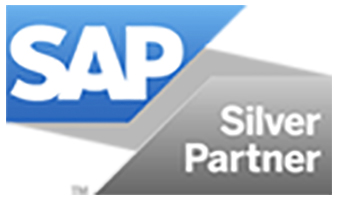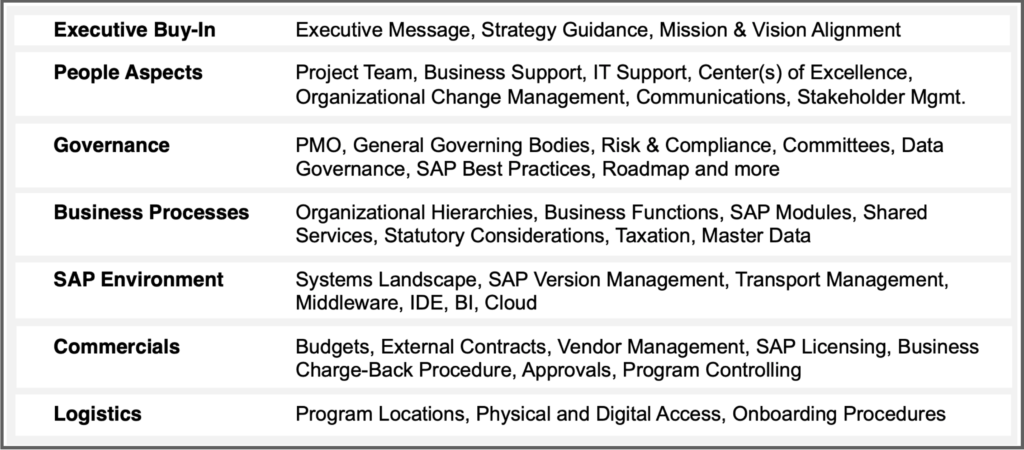The SAP talent gap has come to the forefront in industry conversations around digital transformation and mandatory upgrades forecasted for the next several years. This recent Forbes article shines a spotlight on the growing talent gap in the SAP ecosystem, particularly in relation to the migration of existing ERP systems to the S/4HANA platform. SAP has set a 2027 deadline for migrating legacy ERP systems to S/4HANA–and most of SAP’s 425,000 clients worldwide have not started their migrations yet.
While SAP S/4HANA can be used both on premise and in the cloud, the benefits of utilizing cloud technology are continually growing, convincing more and more organizations to make its adoption a priority. Organizations that wait too long to make the transition to the cloud may face difficulties due to outdated infrastructure. For an increasing number of organizations, it just makes sense when migrating to S/4HANA to simultaneously manage a move to the cloud.
With just 3 years remaining until the SAP deadline, it’s clear that there will be a surge in migration projects, leading to an unprecedented demand for qualified talent and a growing concern over the SAP talent gap. Many organizations will face challenges when recruiting top talent for their own teams and in finding partners with experienced consultants who are available.
Working with experienced SAP consultants is crucial for any organization looking to maximize the potential of SAP software and to reduce risk when executing SAP projects. SAP is a complex and constantly evolving platform; working with consultants who bring varied and robust experience to the table is essential to ensure successful implementation and ongoing support of the system.

In the early 2000s, the push to offshore SAP project delivery work exposed challenges when working with less experienced resources. Many projects were delivered behind schedule, incurred cost overruns, and resulted in functional and technical issues post-delivery. It was not unusual to have to invest significant capital to re-implement and clean up the issues. This experience led to the onshoring of many roles and to changes in how companies engage offshore resources. Moreover, it highlighted the importance of finding experienced SAP consultants and employees with SAP skills.
Senior SAP consultants provide the following benefits: in-depth knowledge and expertise, business acumen and familiarity with industry-specific processes, the ability to handle different SAP modules and integrations, an understanding of system upgrades and changes, efficient problem-solving skills, deep industry contacts and network, exposure to different project types and sizes, and an understanding of best practices. Those advanced skills lead to faster deployment and implementation, cost and time savings, and overall lower project risk.

The number of years of SAP experience is just one part of the equation when it comes to delivering a high-quality solution. At Vortex it is as much about understanding your corporate dynamic as knowing the SAP system. We take pride in forming true partnerships and working with our clients to find the best teams for their needs.
In summary, it is expected to become more and more difficult to find the right resources given the growing SAP talent gap and the surge in demand to migrate to the cloud. Experienced consultants bring a wealth of knowledge and expertise, helping organizations to streamline processes, increase efficiency, and achieve their business goals with SAP. In this competitive business landscape, partnering with experienced SAP consultants can give businesses a competitive edge and ensure they are making the most of their SAP investment. At Vortex, we are confident that we bring the best teams in the industry to help our clients be successful. Send us an email to get a conversation started with a member of our senior leadership team today.









